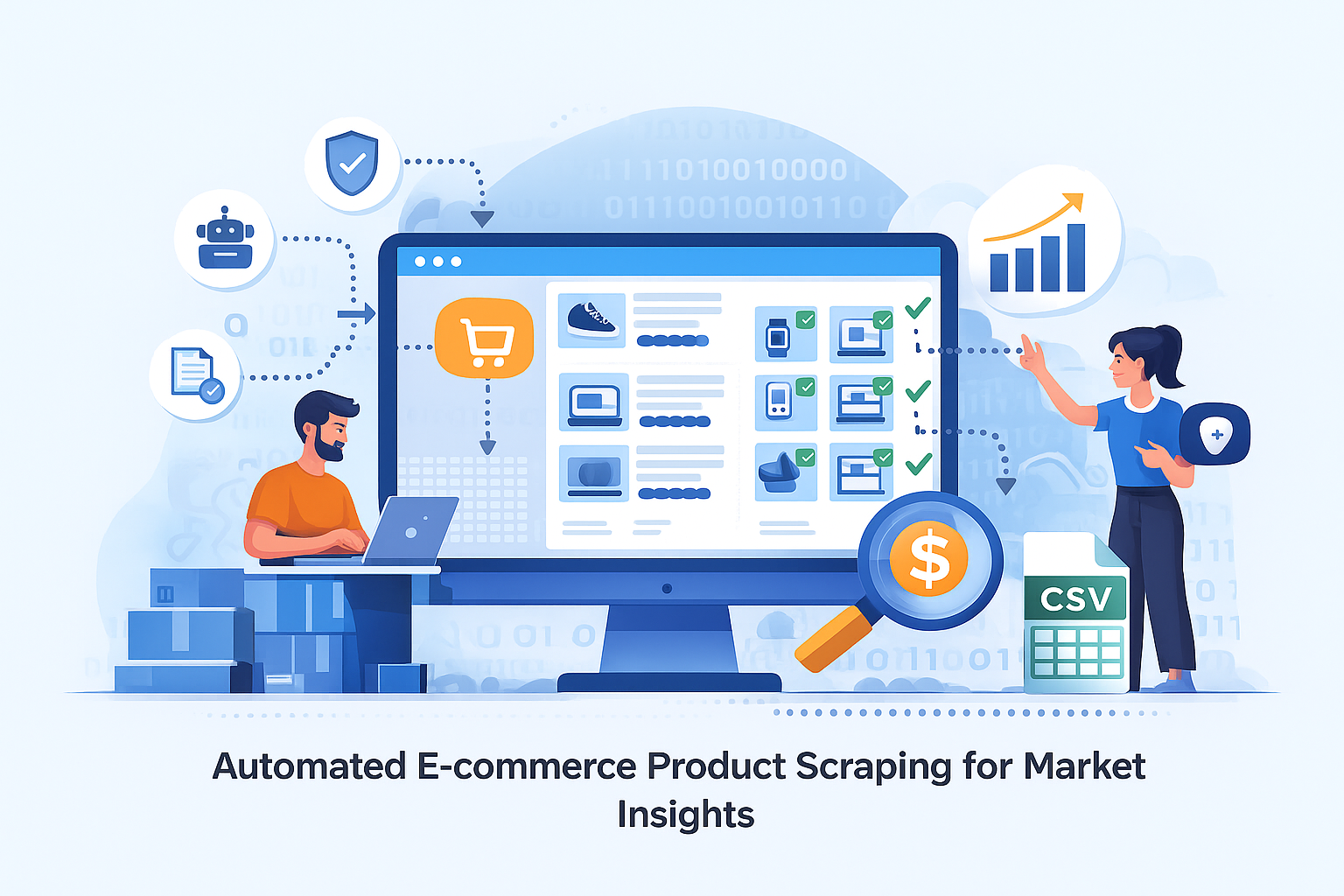
The Challenge
NAME.com boasts an extensive set of filters, sub filters, and sub selections, making the process of reaching the final list of cars a multi-layered task. Users must navigate through a cascade of filter choices, from the basic options like make and model to complex decisions regarding annual mileage, lease length, upfront payments, and finance types. Manually extracting data from NAME.com’s intricate filter system consumed substantial time and resources for our client. They sought a custom-built tool that could scrape data swiftly, taking into account multiple sets of specific filter combinations.
About NAME.com: The platform from which data was to be scraped
NAME.com stands as a leading online platform in the United Kingdom, dedicated to transforming how consumers discover and lease vehicles. The platform’s mission revolves around simplifying the intricate world of car rental services, making it accessible and convenient for individuals across the UK. NAME.com empowers users with an array of filters, allowing them to pinpoint their perfect vehicle. These filters include Make & Model, Monthly Budget, Lease Duration, Fuel Type, Body Type, Transmission, Features & Specifications, Colour Preferences, Lease Types, and more.

Specific Requirements
- Streamline Data Extraction: Our client required a tool to retrieve car data without relying on external APIs or paid tools and wanted a tool that was custom coded from scratch.
- Navigate Complex Filters: The scraper had to navigate through NAME.com’s intricate filter hierarchy and the tool to replicate the process of selecting filters as is done by normal users.
- Speedy Results: Despite the vast data, the client needed quick scraping results.
- User-Friendly Interface: Rather than code scripts, the client wanted a user-friendly web interface to access the tool and obtain data with a single click.

The Output & The Process
We delivered a user-friendly web page with a pre-filled table of filter values, aligning with the client’s frequently used selections. Client could simply click a button associated with each filter set to initiate data scraping. Our tool replicated the manual filter selection process in the background while swiftly presenting results in Excel format on the front end. Separate buttons allowed users to scrape data for the current date or the past 30 days. The final Excel sheet included a wealth of data about vehicles falling under the selected filter set. It encompassed details such as make, model, trim level, model derivative, finance type, pricing for the first, second, and third positions, and providers of the vehicle for the top three positions. This saved the client hours of manual scraping, streamlining the process of accessing vital data.

Conclusion
Our custom tool successfully tackled the complexities of multi-level, multi-filter data scraping, simplifying a formerly labour-intensive process. This achievement demonstrates our capacity to develop similar tools for diverse businesses, facilitating highly intricate scraping tasks within minutes. For businesses aiming to optimize data extraction, our expertise can pave the way for enhanced efficiency and productivity.






.svg)
.svg)

















